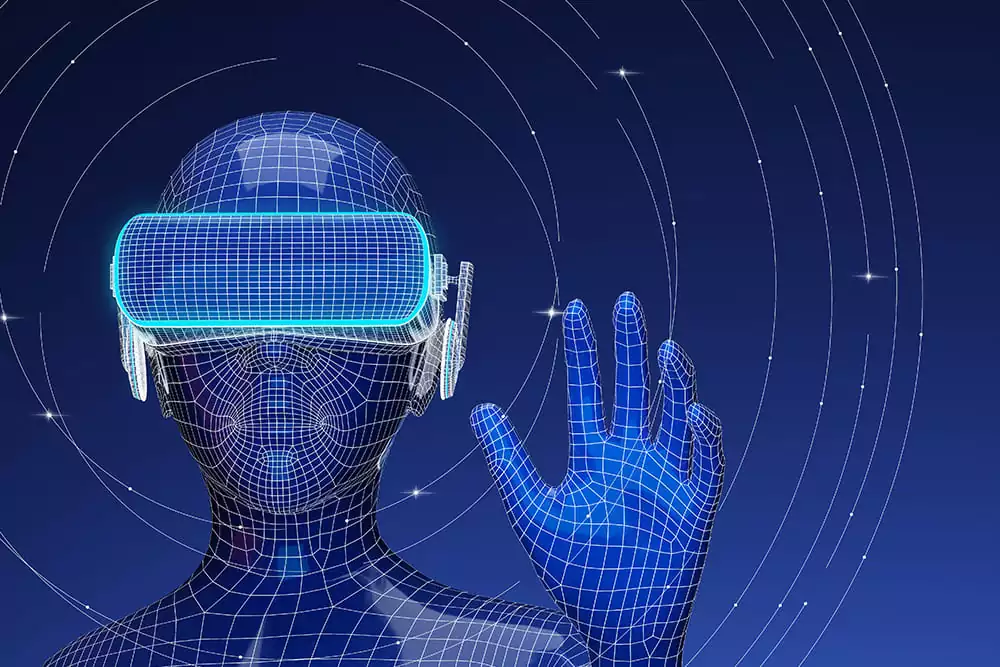Remember when everyone was talking about the metaverse? It feels like a lifetime ago, but it was only a few years back when Mark Zuckerberg bet the entire Facebook empire on virtual worlds, renaming his company Meta and promising us all digital utopia. Tech conferences buzzed with VR headset demos, investors threw billions at metaverse startups, and suddenly everyone from Nike to McDonald’s was scrambling to build their virtual presence.
Fast forward to today, and the metaverse hype has deflated faster than a punctured balloon. The grand vision of interconnected virtual worlds where we’d work, play, and live has largely remained just that—a vision. But what went wrong? And more importantly, is this just a temporary setback or a fundamental failure?
The Promise vs. Reality Gap
The metaverse was supposed to be the next internet—a seamless blend of physical and digital reality where you could attend meetings as your avatar, buy virtual real estate, and hang out with friends in immersive 3D spaces. Companies painted pictures of endless possibilities: virtual concerts, digital fashion shows, and entire economies built on virtual goods.
The reality? Most people tried VR once, got motion sick, and went back to scrolling TikTok on their phones. The technology simply wasn’t ready for mainstream adoption, and the experiences felt more like expensive tech demos than revolutionary platforms.
The Technology Just Wasn’t There
Let’s be honest—VR headsets are still clunky, expensive, and isolating. The Meta Quest 2, despite being one of the more accessible options, costs hundreds of dollars and requires users to strap a computer to their face for hours. The visual quality, while impressive, still falls short of the cinematic experiences promised in promotional videos.
Battery life remains frustratingly short, the headsets are heavy enough to cause neck strain, and motion sickness affects a significant portion of users. These aren’t minor inconveniences—they’re fundamental barriers to adoption that make the technology feel more like a novelty than a necessity.
Nobody Asked for Virtual Meetings
Perhaps the biggest miscalculation was assuming people wanted to make their digital interactions more complicated. The pandemic proved that simple video calls on Zoom worked just fine for remote collaboration. The idea that someone would prefer to fumble with VR controllers and navigate a virtual conference room instead of clicking a link and joining a video call seemed disconnected from reality.
Workers were already dealing with Zoom fatigue—the last thing they wanted was to add another layer of technological complexity to their daily routine. The metaverse felt like a solution in search of a problem.
The Content Desert
Early metaverse platforms like Horizon Worlds felt eerily empty. Sure, you could customize your avatar and explore virtual spaces, but there wasn’t much to actually do. The promised rich ecosystem of games, experiences, and social interactions never materialized at scale. Instead, users found themselves in digital ghost towns with more promotional content than genuine entertainment.
Without compelling content, even the most sophisticated technology becomes irrelevant. The metaverse needed its equivalent of killer apps—experiences so engaging that people would tolerate the hardware limitations. Those experiences largely failed to emerge.
Economic Reality Bites
The economic model never made sense for most people. While some virtual real estate sold for eye-watering amounts during the hype cycle, the broader population couldn’t understand why they’d pay real money for digital goods in worlds they rarely visited. The NFT crash that coincided with the metaverse decline didn’t help matters.
Companies that invested heavily in virtual storefronts and branded experiences found themselves talking to empty rooms. Without foot traffic, the elaborate virtual spaces became expensive digital billboards that nobody saw.
But Don’t Count It Out Just Yet
Here’s the thing—the metaverse might be down, but it’s probably not out. The current lull feels similar to the dot-com crash of the early 2000s, when people declared the internet a fad before it eventually transformed every aspect of our lives.
The fundamental technologies are still improving. Apple’s Vision Pro, despite its hefty price tag, hints at what’s possible when hardware constraints begin to lift. Gaming platforms like Roblox and Fortnite continue to build massive virtual communities, proving that people will embrace digital worlds when they’re fun and accessible.
The mistake wasn’t in the vision—it was in the timeline. The metaverse was marketed as being just around the corner when it was actually still years or even decades away from mainstream viability.
What Needs to Change
For the metaverse to eventually succeed, several things need to happen. The hardware needs to become as comfortable and intuitive as putting on a pair of sunglasses. The content needs to be genuinely compelling, not just impressive tech demos. The economic models need to make sense for regular people, not just crypto enthusiasts and early adopters.
Most importantly, the technology needs to solve real problems or fulfill genuine desires rather than creating artificial needs. The smartphone succeeded because it made existing activities—communication, entertainment, information access—dramatically easier and more convenient.
The metaverse is still searching for its defining use case. Until it finds one, it will remain an expensive experiment rather than a transformative platform. But when that use case emerges, and when the technology finally catches up to the vision, we might look back at 2024 as the quiet before the storm rather than the end of the story.
The metaverse didn’t fail—it just arrived fashionably late to its own party.

With over 6 years of experience in the blogging world, I specialize in crafting engaging, informative, and SEO-optimized content across various niches including tech, digital trends, and online monetization. I thrive on staying ahead of industry trends, experimenting with new content strategies, and helping others grow their digital presence.



